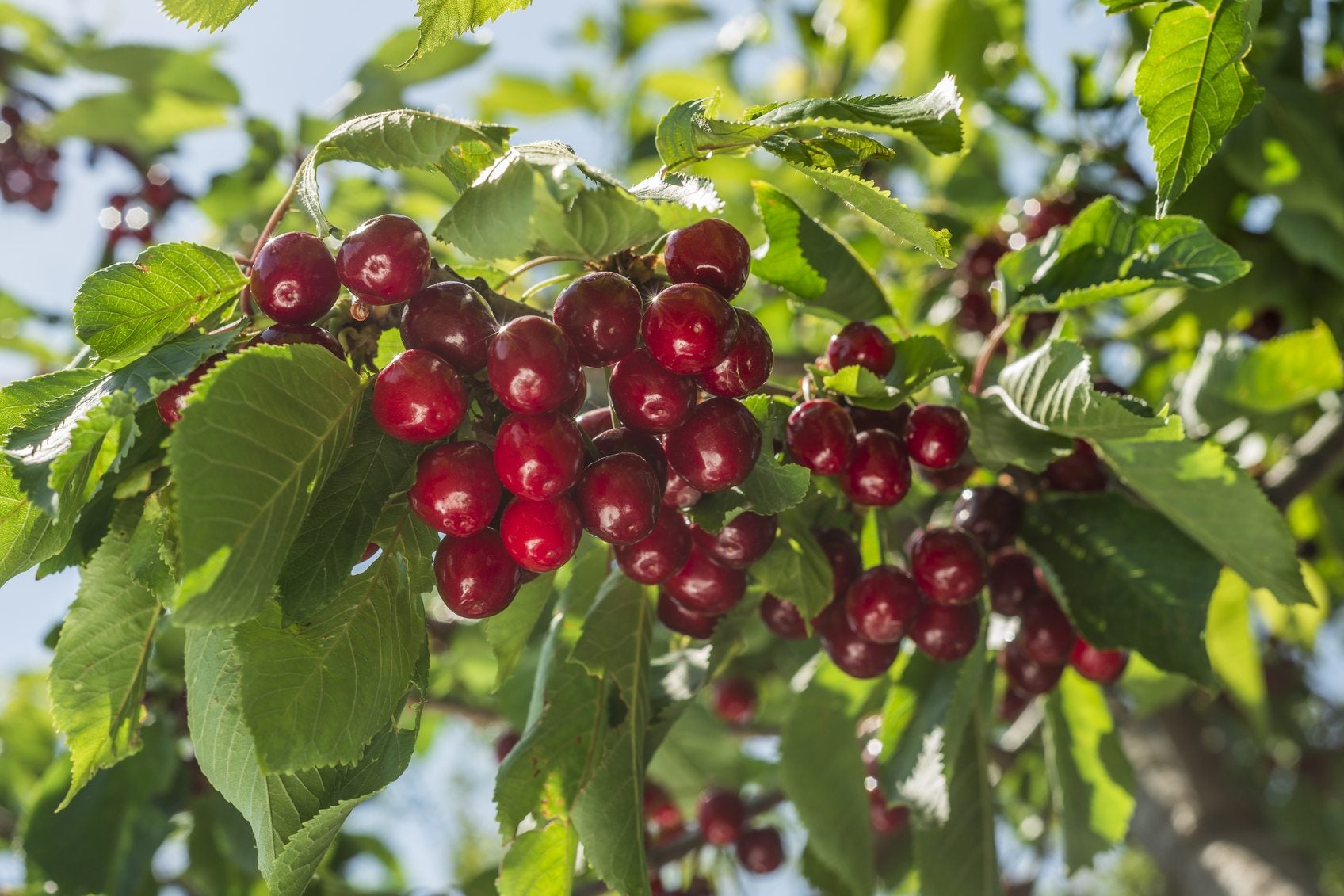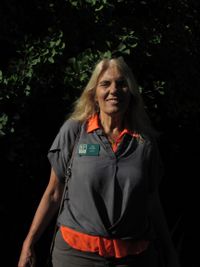Cherry Tree Fertilizer: When And How To Fertilize Cherry Trees


Gardeners love cherry trees (Prunus spp.) for their showy spring blossoms and sweet red fruit. When it comes to fertilizing cherry trees, less is better. Many appropriately planted backyard cherry trees do not require much fertilizer. Read on for information about when to fertilize cherry trees and when cherry tree fertilizer is a bad idea.
Cherry Tree Fertilizer
Gardeners should remember that fertilizing cherry trees does not guarantee more fruit. In fact, the main result of applying cherry tree fertilizer heavy in nitrogen is more foliage growth. Fertilize the tree if the foliage growth is slow. But only consider cherry tree fertilizer if the average annual branch growth is less than 8 inches (20.5 cm.).
You can calculate this by measuring from last year’s bud scale scars that formed at the shoot tip. If you keep pouring on nitrogen fertilizer, your tree may grow longer branches, but at the expense of fruit. You have to keep a balance between giving your cherry tree a helping hand and overdosing it on fertilizer.
When to Fertilize a Cherry Tree
If your tree is planted in a sunny site in fertile, well-drained soil, it may not need fertilizer. You’ll want to run a soil test before you start fertilizing cherry trees with anything but nitrogen. If the test reveals that the soil lacks important nutrients, you can add them then.
Also, keep in mind that the best time to fertilize is early spring. Don’t start fertilizing cherry trees in late spring or summer. This timing of cherry tree fertilizing stimulates foliage growth in late summer, inhibits fruiting, and makes the tree vulnerable to winter injury.
How to Fertilize Cherry Trees
If your cherry tree growth is less than 8 inches (20.5 cm.) a year, it may need a cherry tree fertilizer. If so, buy a balanced granulated fertilizer, such as a 10-10-10. The amount of fertilizer to apply depends on the number of years since the tree was planted in your garden. Apply 1/10 pound (45.5 g.) of nitrogen for every year of tree age, up to a maximum of one pound (453.5 g.). Always read the package directions and follow them.
Generally, you apply fertilizer by scattering the grains around the cherry tree trunk, out to and beyond the tree’s dripline. Don’t broadcast any near to or touching the trunk. Ensure that the tree doesn’t get too much fertilizer by taking into account any other plants you fertilize near the cherry. Cherry tree roots absorb any fertilizer used near it, including lawn fertilizer.
Sign up for the Gardening Know How newsletter today and receive a free copy of our e-book "How to Grow Delicious Tomatoes".

Teo Spengler is a master gardener and a docent at the San Francisco Botanical Garden, where she hosts public tours. She has studied horticulture and written about nature, trees, plants, and gardening for more than two decades, following a career as an attorney and legal writer. Her extended family includes some 30 houseplants and hundreds of outdoor plants, including 250 trees, which are her main passion. Spengler currently splits her life between San Francisco and the French Basque Country, though she was raised in Alaska, giving her experience of gardening in a range of climates.